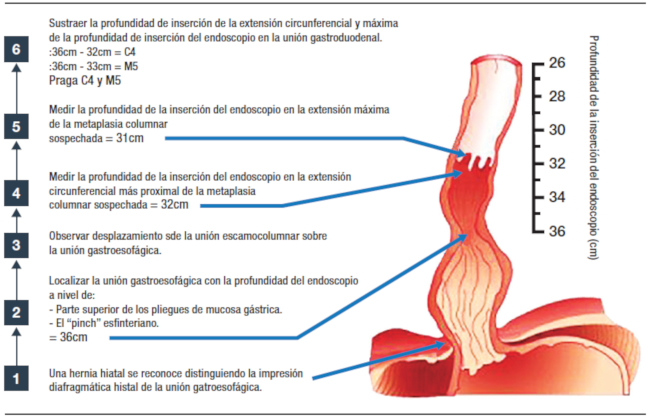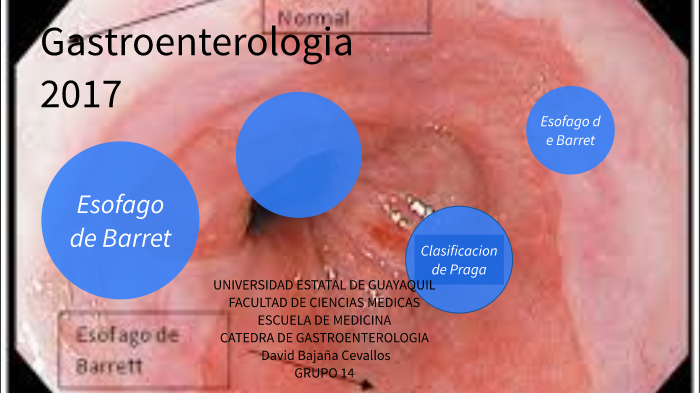Praga Clasificacion
Praga clasificacion is a term used in the medical field to classify patients with Barret's esophagus. Barret's esophagus is a condition caused by stomach acid reflux, which damages the lining of the esophagus and may lead to cancerous changes. This condition affects millions of people worldwide and can be a major pain point for those who suffer from it.
The Pain Points of Praga Clasificacion
Barret's esophagus can be a painful and frustrating condition, as it causes heartburn, chest pain, and difficulty swallowing. These symptoms can be severe and interfere with a person's daily life, making it difficult to eat, sleep, and work. Furthermore, patients with Barret's esophagus may face an increased risk of developing esophageal cancer, which can be life-threatening. Therefore, it is crucial to manage this condition effectively and take appropriate measures to prevent cancer.
What is the Target of Praga Clasificacion?
The target of praga clasificacion is to classify patients with Barret's esophagus based on the severity of their condition. This classification system takes into account various factors such as the length and appearance of the affected area, the degree of dysplasia, and the presence of ulcers or nodules. By classifying patients based on these factors, healthcare providers can determine the best course of treatment for each patient and monitor their condition over time.
Summary of Praga Clasificacion
Praga clasificacion is a crucial tool in managing Barret's esophagus and preventing cancer. It helps healthcare providers classify patients based on the severity of their condition, which allows for more tailored and effective treatment options. By managing this condition effectively, patients can alleviate their pain points and reduce their risk of developing life-threatening complications.
Experience with Praga Clasificacion
As a healthcare provider, I have seen first-hand the benefits of using praga clasificacion in managing Barret's esophagus. By classifying patients based on the severity of their condition, we can develop a treatment plan that meets their unique needs and goals. Furthermore, praga clasificacion allows us to monitor their condition over time and adjust their treatment as necessary. Overall, I believe that praga clasificacion is an essential tool in managing Barret's esophagus and preventing cancer.
Understanding the Classification System
Praga clasificacion is based on four criteria: C (circumference), M (morphology), D (degree of dysplasia), and L (length). C refers to the extent of circumferential involvement, while M refers to the morphology of the affected area (such as flat or elevated). D refers to the degree of dysplasia (such as low-grade or high-grade), while L refers to the length of the affected area. By taking these factors into account, healthcare providers can classify patients into one of four categories: non-dysplastic Barret's esophagus, low-grade dysplasia, high-grade dysplasia, or cancer.
Praga Clasificacion and Cancer Prevention
One critical benefit of praga clasificacion is that it can help detect early signs of cancer in patients with Barret's esophagus. By regularly monitoring patients' conditions and conducting biopsies as necessary, healthcare providers can detect cancerous changes in the esophagus before they become too severe. Early detection is crucial in treating cancer successfully, so this is a crucial aspect of managing Barret's esophagus.
Questions and Answers About Praga Clasificacion
1. Can Barret's esophagus be cured with praga clasificacion?
While there is no cure for Barret's esophagus, praga clasificacion can help manage the condition effectively and prevent cancerous changes. By classifying patients based on the severity of their condition, healthcare providers can develop a treatment plan that meets their needs and goals.
2. How often should I have praga clasificacion done if I have Barret's esophagus?
The frequency of praga clasificacion depends on the severity of your condition and your healthcare provider's recommendations. Typically, patients with non-dysplastic Barret's esophagus undergo endoscopies every three to five years, while those with low-grade dysplasia may need more frequent monitoring.
3. Is it painful to undergo praga clasificacion?
The praga clasificacion procedure typically involves an endoscopy, which is performed under sedation to minimize discomfort. Patients may experience some discomfort or bloating after the procedure, but this should subside within a few days.
4. Does praga clasificacion prevent esophageal cancer?
While praga clasificacion cannot prevent esophageal cancer, it can help detect early signs of cancer in patients with Barret's esophagus. By regularly monitoring patients' conditions and conducting biopsies as necessary, healthcare providers can detect cancerous changes in the esophagus before they become too severe.
Conclusion of Praga Clasificacion
Praga clasificacion is a crucial tool in managing Barret's esophagus and preventing cancer. By classifying patients based on the severity of their condition, healthcare providers can develop a treatment plan that meets their unique needs and goals. Furthermore, by monitoring patients' conditions over time, praga clasificacion can detect early signs of cancer and prevent life-threatening complications.
Gallery
CLASIFICACION DE PRAGA ESOFAGO DE BARRET PDF
Photo Credit by: bing.com / praga barret clasificacion esofago pdf criterios author
Rol De La Endoscopía En La Enfermedad Por Reflujo Gastroesofágico

Photo Credit by: bing.com /
Clasificacion De Praga By David Bajaña Cevallos

Photo Credit by: bing.com /
CLASIFICACION DE PRAGA ESOFAGO DE BARRET PDF
Photo Credit by: bing.com / praga esofago barret clasificacion
Pin En Barrett

Photo Credit by: bing.com / praga barret esofago clasificación

Belum ada Komentar untuk "Praga Clasificacion"
Posting Komentar